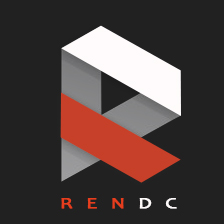21⟩ Tell me how many fonts are recommended and what is the best practice with typography while designing mobile applications?
Reducing the number of fonts on a screen can reveal the power of typography. Instead of using different typefaces and leveraging different characteristics (e.g. italics, bold, semi-bold), different font sizes can better differentiate discrete areas of content. Embracing a singular typeface across an entire app drives consistency not only for branding but also across channels — e.g. app, mobile site, website — thus optimizing the mobile elements across the omnichannel experience. Also, users prefer the simplicity of having one typeface while scrolling for relevant content.


